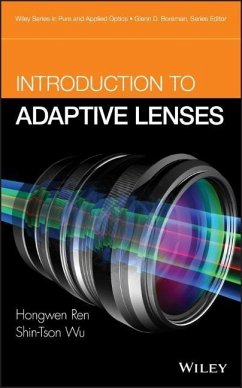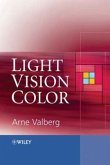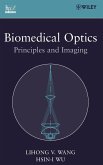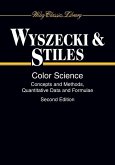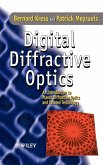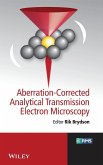This is the first book to address the fundamental operation principles, device characteristics, and potential applications of various types of adaptive lenses. Setting out from basic material properties to device structures and performance, this volume covers solid lens, membrane lens, electro-wetting lens, dielectric lens, mechanical-wetting lens, and liquid crystal lenses. Potential applications of these adaptive lenses are also investigated, including image processing and zooming, optical communications, and biomedical imaging. This is an important reference for optical engineers, research scientists, graduate students and undergraduate seniors.
Presents readers with the basic science, technology, and applications for every type of adaptive lens
An adaptive lens is a lens whose shape has been changed to a different focal length by an external stimulus such as pressure, electric field, magnetic field, or temperature. Introduction to Adaptive Lenses is the first book ever to address all of the fundamental operation principles, device characteristics, and potential applications of various types of adaptive lenses.
This comprehensive book covers basic material properties, device structures and performance, image processing and zooming, optical communications, and biomedical imaging. Readers will find homework problems and solutions included at the end of each chapter--and based on the described device structures, they will have the knowledge to fabricate adaptive lenses for practical applications or develop new adaptive devices or concepts for advanced investigation.
Introduction to Adaptive Lenses includes chapters on:
Optical lenses
Elastomeric membrane lenses
Electro-wetting lenses
Dielectrophoretic lenses
Mechanical-wetting lenses
Liquid crystal lenses
This is an important reference for optical engineers, research scientists, graduate students, and undergraduate seniors.
Presents readers with the basic science, technology, and applications for every type of adaptive lens
An adaptive lens is a lens whose shape has been changed to a different focal length by an external stimulus such as pressure, electric field, magnetic field, or temperature. Introduction to Adaptive Lenses is the first book ever to address all of the fundamental operation principles, device characteristics, and potential applications of various types of adaptive lenses.
This comprehensive book covers basic material properties, device structures and performance, image processing and zooming, optical communications, and biomedical imaging. Readers will find homework problems and solutions included at the end of each chapter--and based on the described device structures, they will have the knowledge to fabricate adaptive lenses for practical applications or develop new adaptive devices or concepts for advanced investigation.
Introduction to Adaptive Lenses includes chapters on:
Optical lenses
Elastomeric membrane lenses
Electro-wetting lenses
Dielectrophoretic lenses
Mechanical-wetting lenses
Liquid crystal lenses
This is an important reference for optical engineers, research scientists, graduate students, and undergraduate seniors.

